I Met and Fell in Love with a Calamondin Today!
BlinkBlogger
11 years ago
Related Stories

MOST POPULARA Fine Mess: How to Have a Clean-Enough Home Over Summer Break
Don't have an 'I'd rather be cleaning' bumper sticker? To keep your home bearably tidy when the kids are around more, try these strategies
Full Story
TRADITIONAL HOMESHouzz Tour: A Historic Remodel Keeps the Romance Alive
It was love at first sight for the owner of a 2-centuries-old house. She and her husband renovated it with tender loving care
Full Story
HOUSEPLANTSMother-in-Law's Tongue: Surprisingly Easy to Please
This low-maintenance, high-impact houseplant fits in with any design and can clear the air, too
Full Story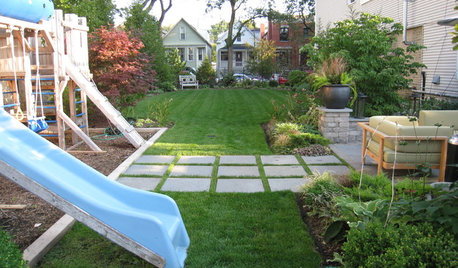
LIFE6 Tips for Teaching Your Kids to Be Good Neighbors
Everyone wins when your children learn to respect boundaries, get help when they need it and show others they care
Full Story
ECLECTIC HOMESHouzz Tour: Styles and Eras Mix in a Former Stable Block
Modern touches balance bountiful antiques in a beautifully eclectic home that housed horses in the 1700s
Full Story
CONTRACTOR TIPSBuilding Permits: 10 Critical Code Requirements for Every Project
In Part 3 of our series examining the building permit process, we highlight 10 code requirements you should never ignore
Full Story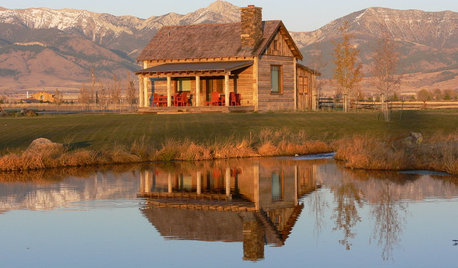
DECORATING GUIDESFresh Take: 15 New Ways With Western Style
Crisp contrasts and clever interpretations are updating the home-on-the-range style
Full Story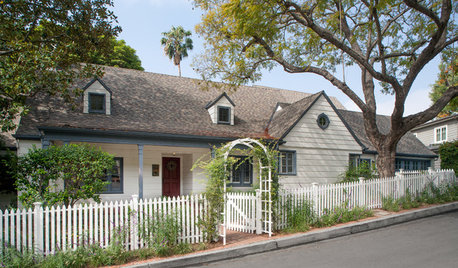
TRADITIONAL HOMESHouzz Tour: A Family-Friendly Home Keeps Its 1930s Charm
This updated Los Angeles home is full of cozy nooks and period details, giving it lots of vintage appeal
Full Story






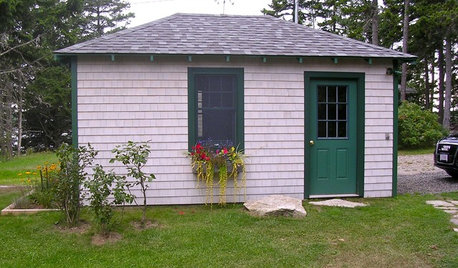
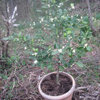
eahamel
BlinkBloggerOriginal Author
Related Professionals
Carlisle Landscape Architects & Landscape Designers · Maple Valley Landscape Contractors · Avocado Heights Landscape Contractors · East Lake-Orient Park Landscape Contractors · Fort Mill Landscape Contractors · Fort Myers Landscape Contractors · Fort Payne Landscape Contractors · Hawthorne Landscape Contractors · Little Ferry Landscape Contractors · Matteson Landscape Contractors · Pahrump Landscape Contractors · Saint Paul Landscape Contractors · Sugar Hill Landscape Contractors · Golden Valley Landscape Contractors · Quartz Hill Landscape Contractorseahamel
jorge24
hoosierquilt USDA 10A Sunset 23 Vista CA